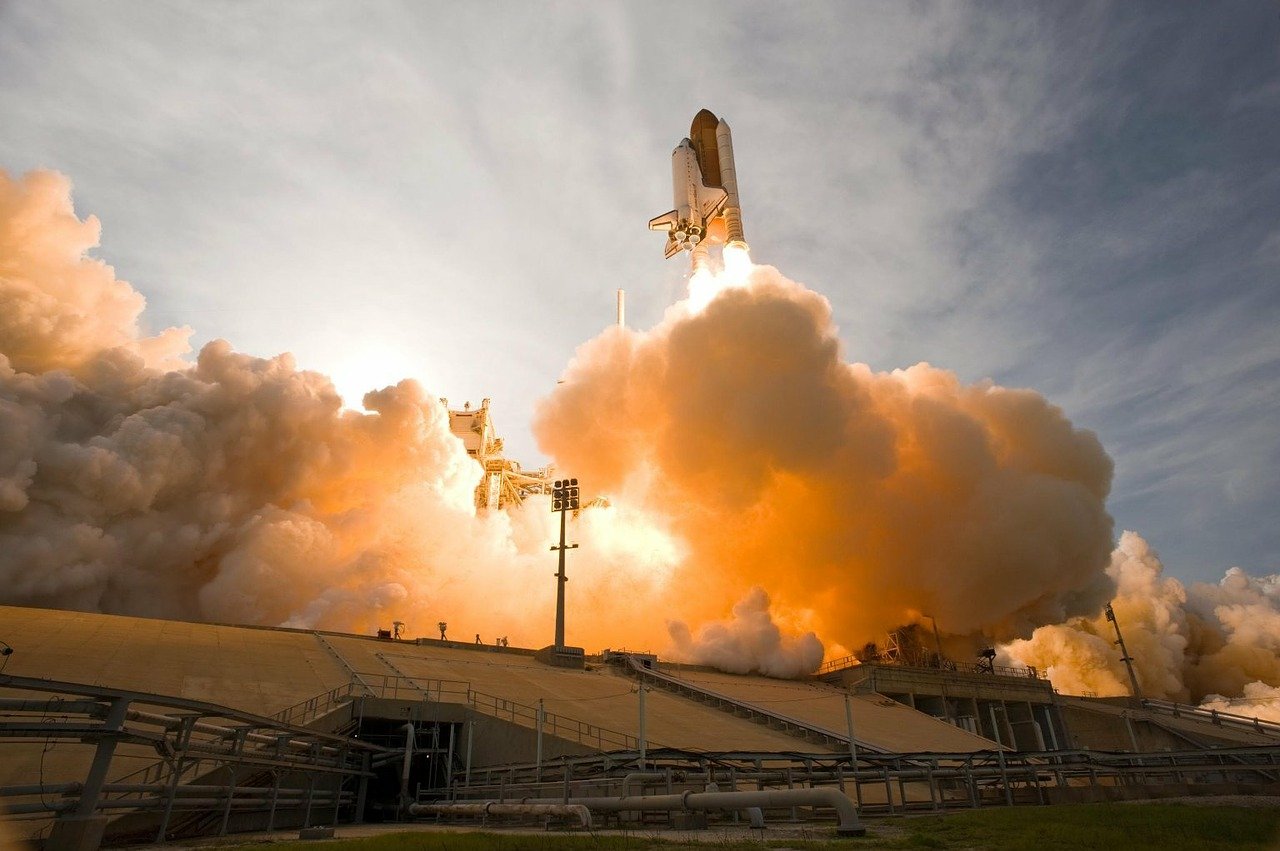Aerospace manufacturing is an industry with a language all its own. Several terms used in this industry take a little getting used to if you are not familiar with aerospace manufacturing. Others come from existing technologies that are familiar to many in the general population. In this article, we will define what a number of these terms mean and explain how they are used in the manufacture of aircraft.
3D Printing
Airplane manufacturing underwent quite a change with the introduction of 3D Printing. For instance, this technology is widely used by the manufacturers of the AirBus A350 where over 1,000 parts have been created and used. Airplane parts that tend to wear out fastest are targets of 3D printing. Door handles, for example, and many of the tools used to put airplanes together are being replaced with lighter and cheaper 3D printed versions of the same items. It may seem like something straight out of a spy movie, but 3D printing is only just starting to gain ground.
Blockchain
This technology, adapted from the world of cryptocurrency, has been adopted for use in other industries simply because of the security it provides in data storage. In the aerospace industry, this digital technology is being introduced as a way to improve tracking and automate transactions as items travel through the supply chain. Blockchain gives more accountability and improves inventory data. It also provides more reliable tracking information on all supply chain movements.
Data Logger
A Data logger is an electronic box containing measuring devices in the form of either built-in sensors or external probes. These devices are used to collect data about environmental conditions ranging from temperature to humidity or air pressure. They house a microprocessor that acts as a memory and that can share the data it has collected through a direct download to a computer or Smartphone for analysis. Charts and graphs can then be produced from the information collected for further analysis of the data. This Dickson guide notes that aerospace is one of the industries where data loggers are widely used.
Drones/Unmanned Aerial Vehicles
Drones are commonplace these days but originally they were only used in military applications. The future continues to look bright for drones and unmanned aerial vehicles (UAVs) because they can travel to places and withstand harsh conditions that would be difficult for a human to tolerate. Plus, although drones are often very small in size compared to other aircraft, they can still carry various items ranging from cameras and sensors to weapons. The remote capabilities of drones make them highly effective in many different ways.
Laser Beam Welding
Laser welding is a highly precise method that transfers very little heat to objects during the welding process. This process is especially effective for joining dissimilar materials and is the right solution when precision and repeatability are required. There is no cracking, weakness, or heat-impacted zone surrounding the completed weld. Since laser beam welding does not compromise the joint, it is an effective alternative to other welding techniques.
Nanotubes
Nanotubes are a new technology used in the manufacture of airplane wings. They are made from graphene and carbon. The nanotubes are lighter, helping to reduce airplane fuel consumption. Use of this is a new technology by scientists at NASA and MIT has led to the development of airplane wings that “morph” and is expected to lead to the development of streamlined manufacturing activities that would otherwise require automation and robotics.
Smart Automation
Technicians use a tablet or piece of smart glass to scan a plane surface when determining what size bolt is needed for a specific airplane part in the manufacturing plant. The data collected from the scan can not only identify the correct bolt but also indicate how much torque is needed to install it. Then, the bolt is installed using a robotic arm. Since the manufacturing of parts for aerospace vehicles is highly specialized and complicated, this form of smart automation simplifies the task and completes it faster and more efficiently.
Structural Health Monitoring
This technology is considered to be an advanced health management system. Structural health monitoring includes three main components: monitoring, self-healing, and prognostics. These components provide the ability to better understand the condition of an airplane. Boeing and Airbus currently use this technology. It was responsible for identifying electrical problems on board an Air France flight that crashed in 2009. The monitoring system alerted Air France headquarters of the problem.
VASIMR
VASIMR, or variable specific impulse magnetoplasma rocket, is a plasma-based rocket propulsion technology. It is in development as a joint venture of the US Department of Energy and NASA, along with the Oak Ridge National Laboratory. This technology aims to reduce the amount of fuel required for aircraft to operate and could be a crucial component in the future of long-term space missions. The system, which would propel aircraft during flight, will lighten loads often weighed down by fuel.
Zero-Fuel Aircraft
The use of photovoltaic panels that collect solar energy provides the engine trust for aircraft that have the panels installed. A solar-powered prototype utilizes nano carbon fiber reinforced structural components, resulting in a lighter aircraft. Since it isn’t using fuel, the plane will be even lighter. The technology is being targeted for use in 3D mapping, aerial photography, wildlife protection, agriculture, and as a means to deliver internet access to remote locations on Earth.
In Conclusion
The aerospace industry continues to evolve. New technologies introduce new terms to the vocabulary as innovation works to improve the manufacturing process. This list is far from complete but it should give you a good introduction to some of the things that are trending in the aerospace manufacturing industry and what terms are used to describe them.


